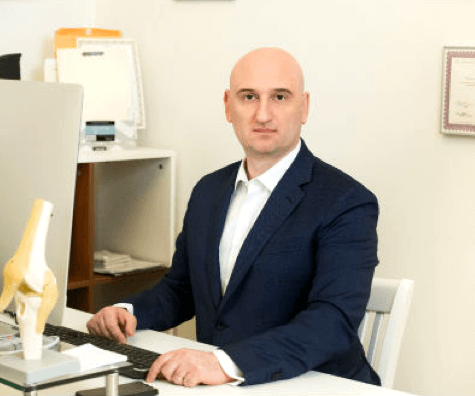Quantitative 3D analysis Today’s gait analysis is more precise and revealing than ever before, thanks to innovations in technology. We are now able to analyze gait in three dimensions to get a clearer picture of faulty gait patterns. Our process involves measuring various gait characteristics, identifying abnormal patterns and pinpointing the underlying cause.
Your hip and trunk mechanics can have a profound effect on how you control movement in your lower limbs. Past injuries, muscle imbalances and other factors can lead to compensation patterns that cause faulty gait mechanics, which can eventually lead to injury. 3D gait analysis enables us to visualize running gait in the transverse plane, where most running injuries occur.
The goal of a true gait analysis is not to help you select the best running shoe. We usd quantitative data to identify and correct deficits in gait mechanics, with the end goals of improving performance and preventing injury.









































 Dr. Mikhail Bernshteyn
Dr. Mikhail Bernshteyn  Dr. Michael Goynatsky
Dr. Michael Goynatsky  Dr. Daniela Escudero
Dr. Daniela Escudero  Dr. Michelle Agyakwah
Dr. Michelle Agyakwah  Dr. Tatyana Kapustina
Dr. Tatyana Kapustina 

























